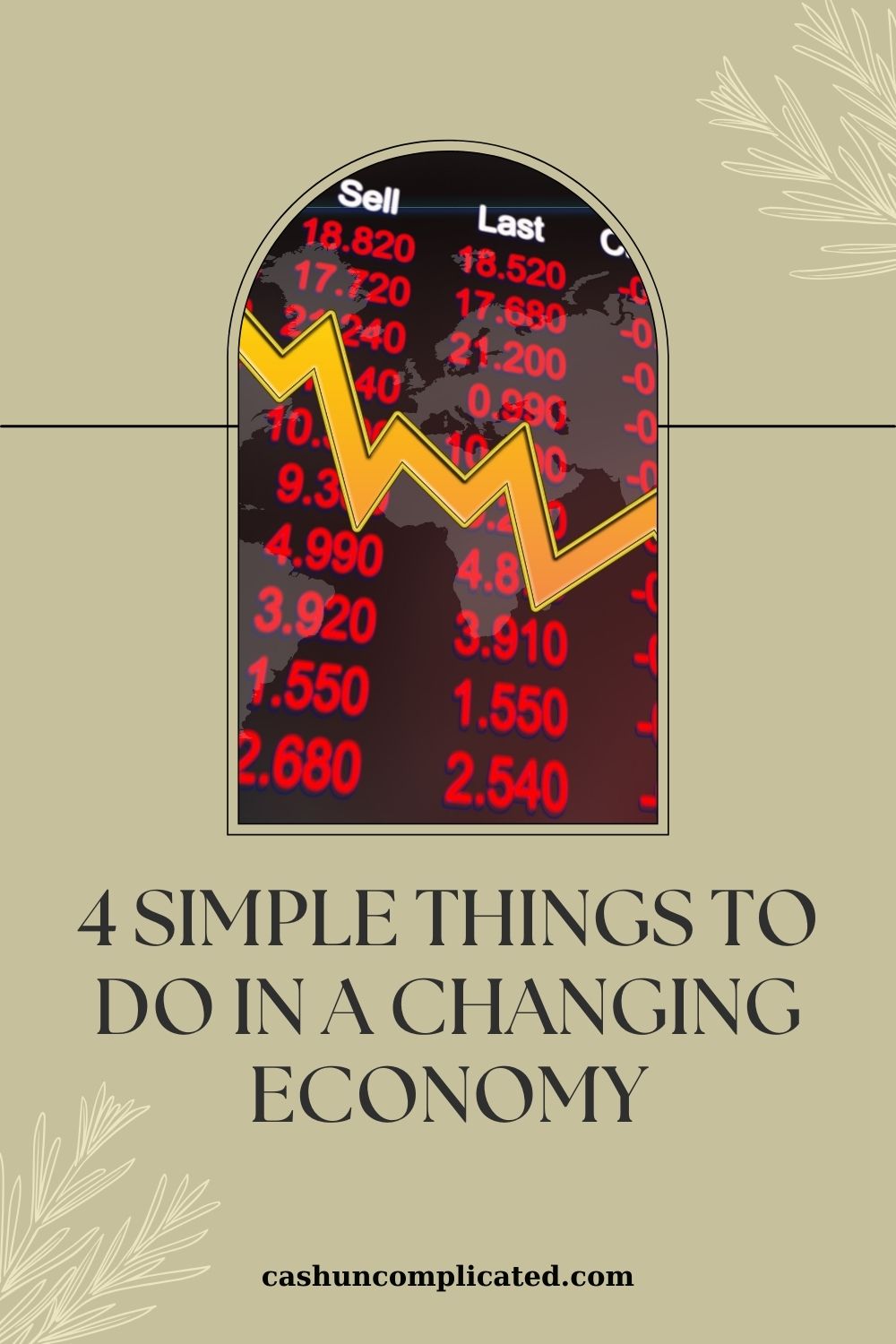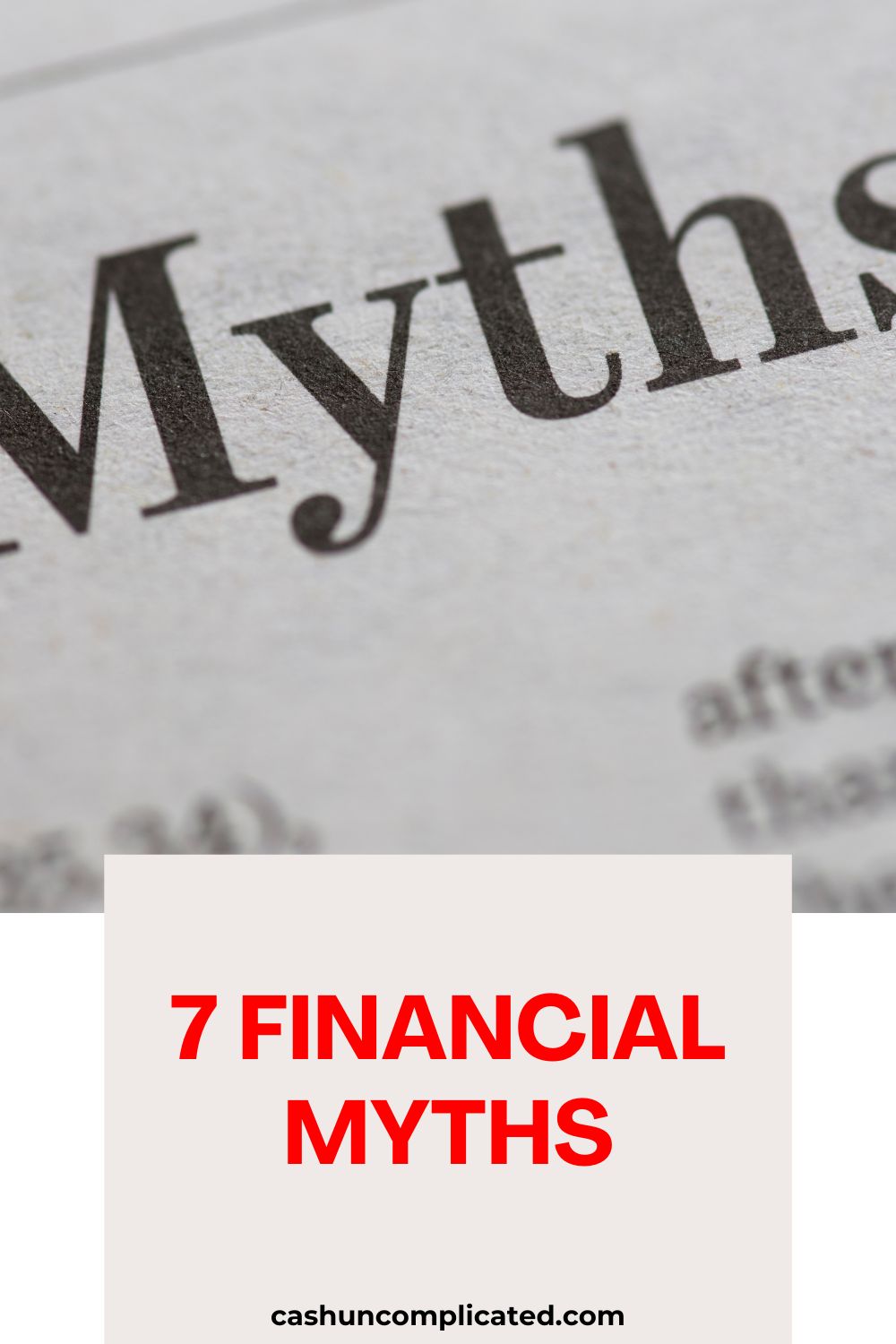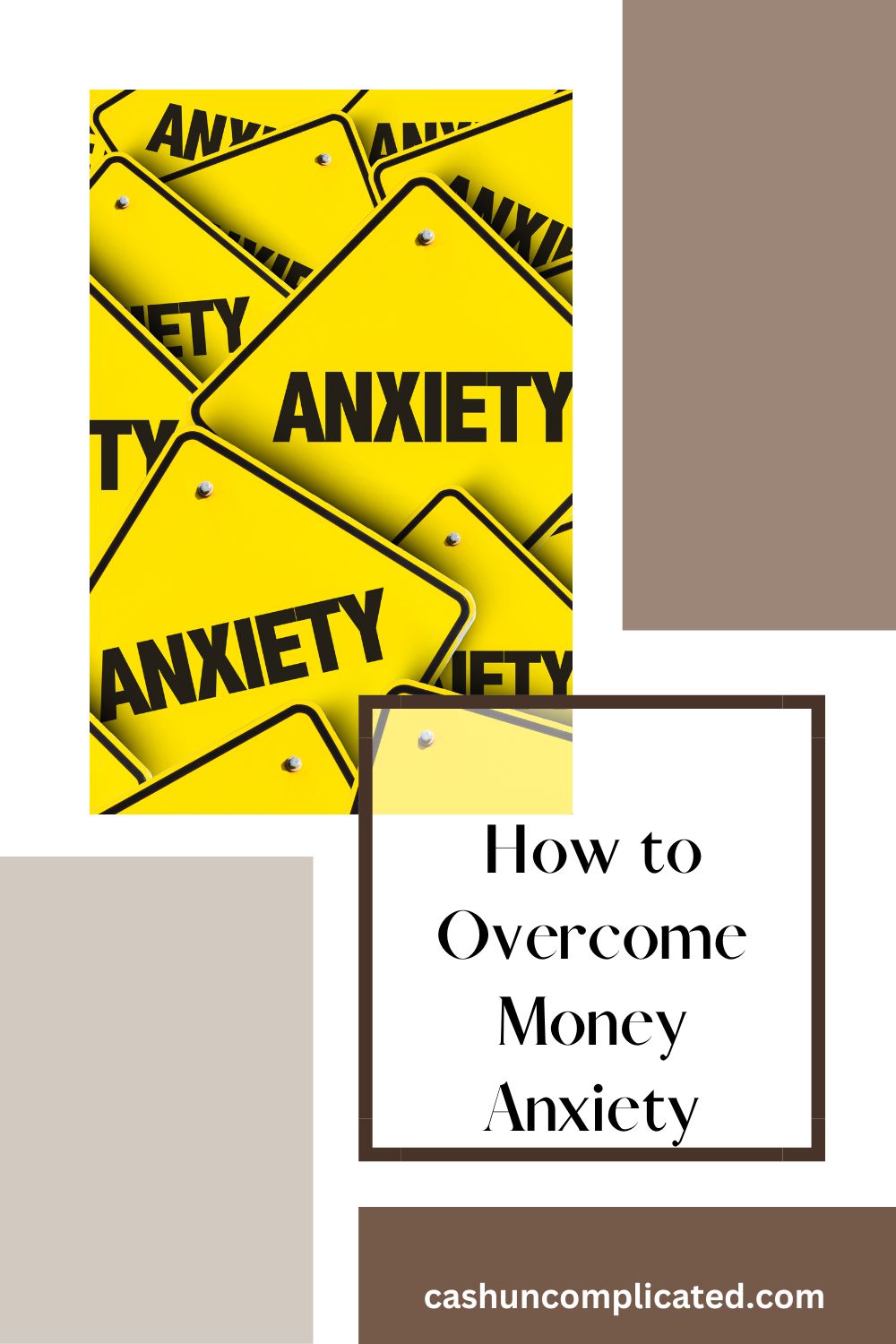In my Monday blog, I wrote about New Year’s resolutions and goal setting. I outlined 5 actionable steps that have helped me achieve my goals, and can help you reach yours too. With today being New Year’s Eve, I thought I would break down actionable steps in a little more detail.
In Darren Hardy’s book, The Compound Effect, he writes about how daily actions add up to big results over time. The actions may seem insignificant at the time, but over the long run, they are highly impactful.
That’s why I like to break up goals into specific daily or weekly action steps. It’s overwhelming to come up with big non-specific goals like exercise more, save more, or get smarter.
It’s not overwhelming however to complete specific daily or weekly actionable steps. The question is how to turn those big goals into small actionable steps. The way I do it is by breaking them down into manageable and specific actions.
Imagine someone with a big goal to get in better shape. That’s a noble goal, but way too broad. Does “get in better shape” mean eating healthier, running more, lifting heavier weights, competing in a triathlon, or all of the above? Is there weight to lose or just muscle to be added?
For this article, we’ll assume that “get in better shape” pertains mostly to exercise. There are many ways to break down “get into better shape” into daily actions. Probably hundreds of ways to do it, but I’ll just give a few examples.
- Jog 30 or more minutes every day 6 days a week
- Brisk walk at least 45 minutes a day 5 days a week
- Workout at the gym for one hour, 4 days a week
- Swim 20 or more minutes 5 days a week
- Ride a stationary bike 30 minutes a day, 4 days a week
The point here is to be specific. “Jog 30 or more minutes every day, 6 days a week” tells you exactly what you need to do. There is no gray area. Either you hit the metric or you didn’t.
By the end of 2021, a person meeting this goal would have jogged 180 minutes per week, 780 minutes per month, and 9,360 minutes for the year.
In his book The Score Takes Care of Itself, legendary 49ers coach Bill Walsh explains that if there’s a good game plan, and the players execute the plan, then the results will take care of themselves. Make a good plan and execute it—very simple. That allows you to focus and eliminate all the other distractions that don’t matter.
Similarly, a specific action step like jogging 30 minutes a day, 6 days a week will net huge results over the year. Fulfilling this action step will naturally take care of a general goal like getting in better shape.
This principle doesn’t just apply to exercise. Think of someone who wants to gain more knowledge in a particular subject area. Just wanting to gain more knowledge won’t help.
Creating a specific action step like reading on the subject 30 minutes a day, 6 days a week will get results though. Just like with jogging, if someone reads this amount of time, they will have read 180 minutes per week, 780 minutes per month, and 9,360 total minutes by the end of 2021.
If a person averages one minute per page, that’s 9,360 pages in one year. For a 200 page book, that’s almost 47 books read! How much smarter would the average person be if they read that much on a subject?
If someone wants to spend less time on their phone, they could make a specific action such as:
- Every night I’m home, from 6:00-7:00, I will put my phone in my bedroom
- Every morning, I will wait until I’m up one hour before looking at my phone
- Every day at work I will put my phone in my desk drawer between 12:00-1:00. At home, I’ll put it in my bedroom between those hours.
Doing just one of these actions will reduce the amount of phone time by one hour every day. Over the course of the year, that comes out to 7 less hours every week, 30 (or 31, 28 in February) less hours every month, and 365 less hours for the year. Just by one single action step.
No “wanting to”, “saying you’re going to”, or “thinking about it.” Just one single action with tremendous results.
In personal finance, it’s nice to want to invest more, save more, or pay down debt. Wanting doesn’t get results though, you have to create a specific plan that’s measurable and do it.
For someone who wants to invest $120 more every month, there are probably hundreds of ways to do it. A few examples:
- Bring your lunch to work 3 days a week, saving you $10/day, $30 for the week, $120 for the month.
- Work a side hustle making $15 an hour (after taxes) for 8 hours a month. That comes out to $120 for the month.
- Get rid of cable and a subscription service you don’t use. That’s approximately $120 per month, you’ll have to adjust based on your costs.
- Cut anything you don’t value out of your life, likely exceeding $120 each month.
Completing any of these measurable action steps will allow you to invest $120 for the month, and $1,440 for the year. The same steps would also apply to debt pay down or saving more towards an emergency fund.
Final Thoughts
Setting goals is great. They have to come with a measurable action plan though. It’s not enough to have a goal to get in better shape or save more. Break down your goals into measurable action steps for a higher likelihood of success.








